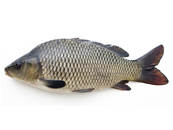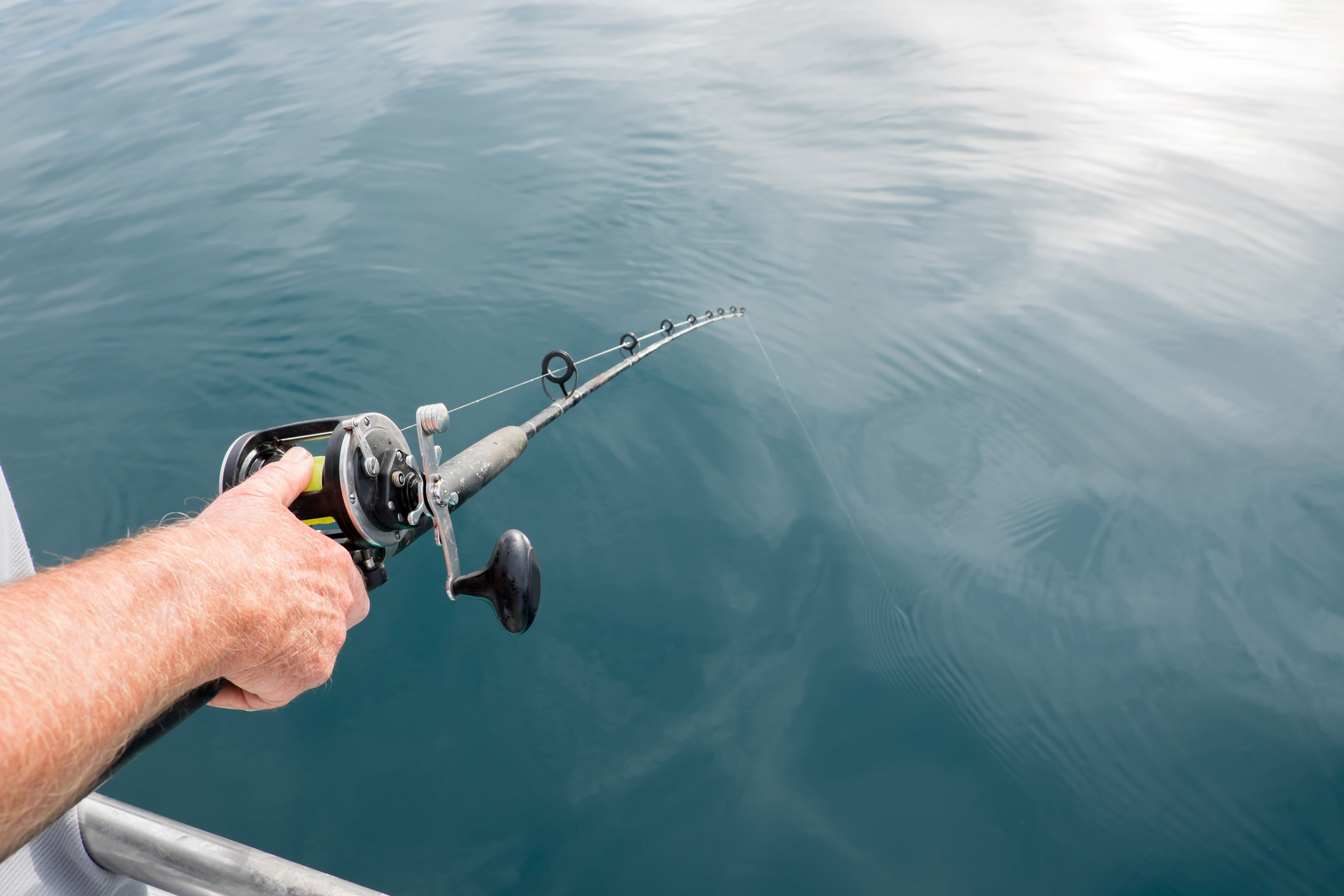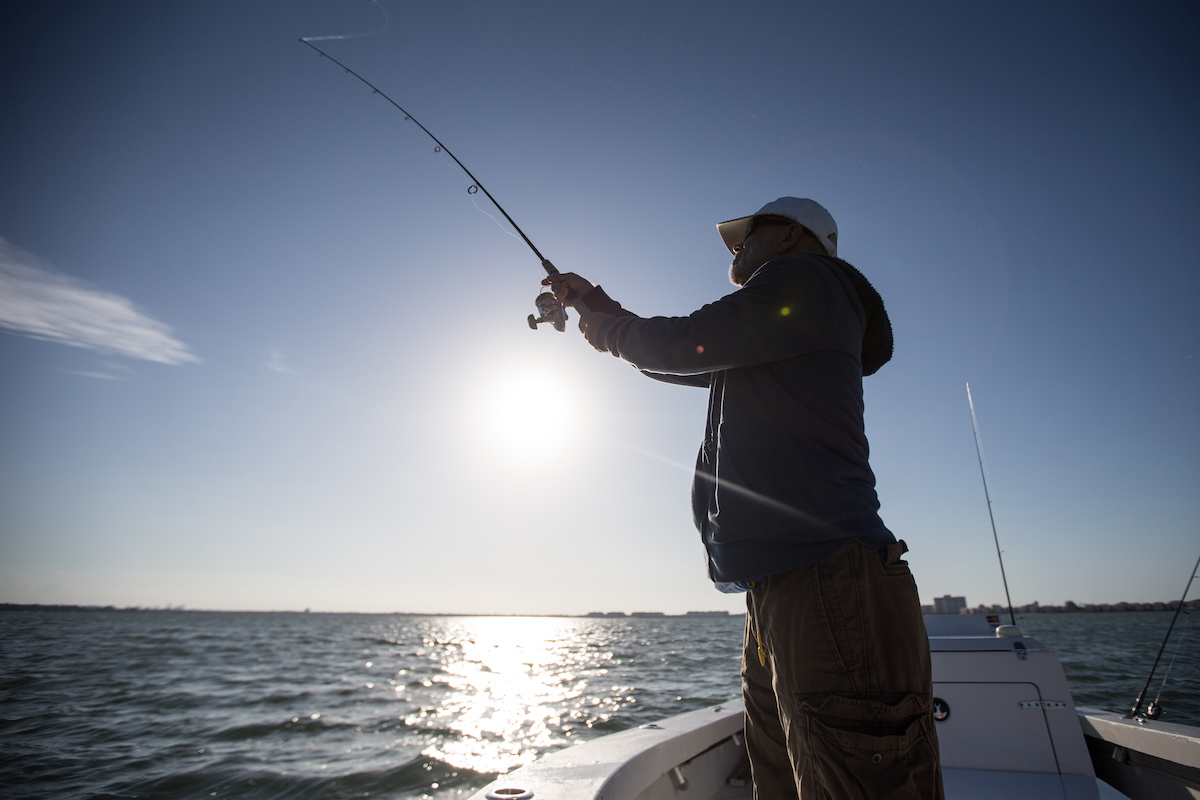Carp
Cyprinus carpio carpio
A.K.A. German carp, European carp, mirror carp, leather carp
Although carp have been considered a nuisance by North American anglers, they are highly prized as sportfish in Europe, and can be excellent fighters. A growing number of anglers in the US are becoming interested in carp as a sportfish. Although flavor varies with the quality of the water from which fish were captured, their sheer abundance has made them an important food fish in some areas.
-
Distinguishing Markings:
The carp’s body is robust, deep and thick, and arched toward a lengthy dorsal fin, with nearly 20 soft rays. The dorsal fin extends well along the back, and the fin edge is high in the front and straight in back. The tail fin is forked and is often a “reddish” color. The first dorsal and anal fin spines are serrated. The typical carp’s back is olive-brown to reddish brown, with the sides becoming silvery-bronze, brassy, or olive-gold. The belly is yellow or yellow-white. Most carp are bronze-gold to golden yellow on the sides and yellowish white on the belly. Lower fins are often reddish.
Carp have a thick leathery appearance and two barbels on each side of the mouth. No other species that closely resembles the carp has these barbels. Carp also have very large dark-edged scales with a dark spot at the base. The use pharyngeal “teeth,” located in the throat, that are adapted for crushing. The larger ones look like human molars.
-
Size:
Carp are the largest member of the minnow family, generally growing to about 30 inches and 10 to 15 pounds, but they can weigh up to 60 pounds. The all-tackle world record was landed in 1987 from Lac de St. Cassien, France, and weighed in at 75 pounds 11 ounces.
-
Distribution:
Common carp are domesticated ancestors of a wild form native to the Caspian Sea region and East Asia. It is not known exactly when carp were brought to the United States from Europe, probably the mid-1800s to late 1800s. By 1880, the U.S. Fish Commission had distributed more than 12,000 carp to people in 25 states and territories to establish the fish in this country. One of the first species to be introduced into other countries, the carp now has a global distribution.
-
Habitat:
Carp are hardy and tolerant of a wide variety of conditions but generally favor large water bodies with slow flowing or standing water and soft bottom sediments. They can be found in brackish and fresh waters and frequent shallow backwaters and shoreline habitat.
-
Food Preference:
Adults are omnivorous and will eat aquatic plants, algae, insect and fish larvae, crustaceans, mollusks, and even small fish. Their typical feeding method is to disturb the bottom material with its snout and pick up the food items that are dislodged.
-
Spawning:
Common carp begin spawning in late April and continue into June over aquatic vegetation. Spawning areas are typically shallow, weedy bays with water depths of one to four feet. Spawning carp in shallow waters create a lot of commotion, and can be easily observed. Several males may spawn with a single female at a time and large females release between 100,000 and up to 2,000,000 sticky eggs over the spawning period. The eggs adhere to submerged vegetation or the bottom substrate. The adults abandon the eggs, which hatch in four to five days. After hatching young carp remain in the shallow, backwater areas until they are 3 to 4 inches in length, feeding during this time mainly on small crustaceans. Carp grow to four or five inches their first year of life, reach sexual maturity in three to four years, and have a life span of 9 to 20 years and longer.
-
Fishing Tips:
Bottom fishing is the preferred method, due to the carp’s feeding strategy. Carp feeding activity in shallow waters can be easily identified because of the silt clouds that are created. Carp can be caught with many different angling methods. Conventional equipment such as a cane pole, a throw line, or bait casting rods baited with dough balls, worms, crayfish tails, canned kernel corn, worms, and similar baits are all effective. Larger carp are particularly challenging to anglers because of their tackle-testing strength and heavy weights. Carp can be eaten but have a lot of bones unless prepared correctly. Favored cooking methods include barbecuing large carp on a grill or creating fish cakes from carp fillets.


